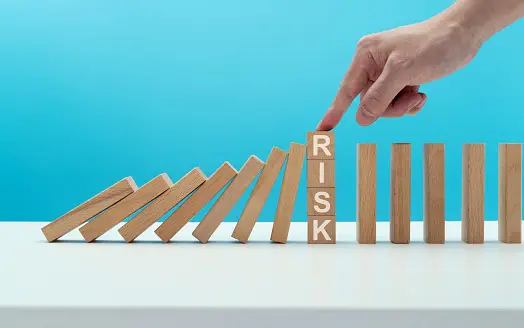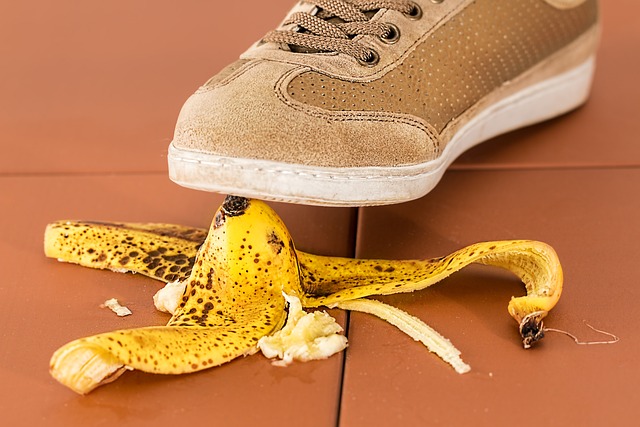There are plenty of medical device types and technologies in the market, but there is one thing in common- All medical devices’ development l begins with an ingenui idea.
The medical device is a large family that includes products designed to diagnose and prevent diseases or other medical conditions used to treat humans or animals.
Medical devices can be an instrument, apparatus, machines, appliances, implants, reagents for in vitro use, medical software, medical mobile/cellular applications, or materials.
The medical device industry is a unique one.
It combined many areas such as mechanics, electronics, biomaterials, software, chemistry and physics, and even biology.
There are also medical device combination products working together with pharmaceutical products. On the other hand, mobile apps and even video games are used to treat patients and different medical conditions.
How does developing a medical device differ from a non-medical product?
Medical device development engineers, who have worked in other industries besides the medical one, know that developing a medical device is more complex and challenging than developing non-medical products.
The medical device is intended to treat sensitive and vulnerable populations (mostly patients) and may affect health conditions and endanger human life. As a result, the Quality By Design approach and extensive documentation level should be implemented in early medical device development.
Knowing the regulatory requirements and establishing the relevant Quality Management System and technical documentation will give the company an advantage in later stages.
Medical device development challenges
The final goal of every medical device development process is to receive the official marketing authorization in global markets such as Eu. and the US following the CE mark and FDA 510K/PMA approval.
Developing a medical device and regulatory marketing authorization is a relatively complicated process. Achieving this critical milestone and avoiding time delays and budget issues along the way is challenging. It is essential “to do it right” in the medical device development and design phase.
This medical device design and development process requires exceptional capabilities. It combines safety, regulatory, quality, and technology challenges and requires a multi-disciplinary set of skills the company should have in this journey.
Medical Device Development Phases
Generally, there are 12 main phases in the medical device development process:
| Phase No. | Medical device development phase description |
| 1 | The opportunity and business goals |
| 2 | Medical device Risk Analysis |
| 3 | Medical device Proof of concept |
| 4 | Medical device Feasibility study |
| 5 | Medical device Design and development |
| 6 | Medical device Regulatory strategy |
| 7 | Medical device Clinical evaluation |
| 8 | Medical device Verification & Validation |
| 9 | Medical device Technical file |
| 10 | Medical device Submission |
| 11 | Medical device launch |
| 12 | Post-marketing surveillance |
Medical Device Classification and Risks
Every medical device is risky and classified based on the risks and level of concern and categorized accordingly.
Every medical device classification category and intended use have specific regulatory requirements that must be implemented as early as possible, from the first stages of the medical device design phase.
The process of a new medical device development
A typical medical device development process can be described as follows:
| Step No. | Step name | Description |
| 1 | The need |
|
| 2 | The device’s intended use and target audience |
|
| 3 | Device discovery |
|
| 4 | User needs |
|
| 5 | Design Input |
|
| 6 | Prototype |
|
| 7 | POC |
|
| 8 | Intellectual property |
|
| 9 | Pre-clinical studies |
|
| 10 | Regulatory strategy |
|
| 11 | Regulatory standards |
|
| 12 | Business plan |
|
| 13 | Risk management plan |
|
| 14 | User specification |
|
| 15 | Medical device development plan |
|
| 16 | Design Control |
|
| 17 | Clinical studies/clinical investigation |
|
| 18 | V&V plan |
|
| 19 | Detailed design |
|
| 20 | Design transfer plan |
|
| 21 | Technical file |
|
| 22 | Submission |
|
| 23 | Post-market surveillance |
|
Medical Device Development Timeline
The medical device development timelines vary, depending on the medical device type, intended use, complexity, risk, and classification.
A typical medical device development timeline can be from 2-6 years in total.
Medical device development documents
Besides the medical device development documents plans, plenty of documentation should be created for the medical device submission.
Examples of documents that should be created as part of the medical device development and design process:
- Quality Management system policies
- Quality management system procedures
- Information Security Management System procedures
- Risk analysis
- Pre-clinical and clinical protocols
- Verification protocols and reports
- Functional testing protocols and reports
- Electrical safety testing protocols and reports
- Biological evaluation protocols and reports
- Shelf life verification protocols and reports
- Validation protocols and reports
Why do you need consultancy in the medical device development process?
The process of developing a medical device requires combined knowledge and skills such as medicine, health, engineering, quality, and design.
Given the complex multidisciplinary approach, I saw many medical device development processes lacking communication, knowledge, prioritization, and compliance with requirements.
To bring your medical device to the markets with minimal unexpected delays and financial risks, you should use consultants who have already done it several times with other companies and successfully.
Tips for planning and designing a Medical device
As mentioned, user-focused planning and design are becoming more common in the medical device development process.
An intuitive design combined with continuous feedback from end-users ensures product quality and commercial success in the mid and long term.
User-oriented planning and design of the medical device will enable:
- A deeper understanding of users’ expectations and needs
- Shortening the time until medical device launch in the market
- Creating user guides and integrated learning tools
- Efficient marketing and sales
- Extending product lifetime in the market
- Good compliance with regulatory requirements
- Minimize risk exposure
- Increasing user satisfaction
Gain the advantage of bringing your Medical Device to the global market by comprehending the developmental and regulatory journey.
This knowledge will empower you to secure approvals, complete registrations, and achieve international sales, including in regulated markets like the US, EU, Japan, Australia, Canada, and Israel.
Take the first step towards your success now!








